WooCommerce vs. Shopify
Earn more, spend less, grow without limits. Only WooCommerce lets you build the exact store you need, with total control over everything from your data to your profits. Learn why it’s the platform of choice for 4M+ online businesses.

The top ecommerce platform
As the #1 global ecommerce platform, we’re proud to power millions of online stores, including more of the top 1M stores by revenue than Shopify.
online stores built
with WooCommerce1
of the top 1 million
ecommerce sites1
of the internet runs
on WordPress2
G2 Easiest Setup. Enterprise, Spring 2025.
G2 Best Est. ROI. Mid-Market, Spring 2025.
GetApp Category Leader. Ecommerce, 2025
G2 Best Results. Small Business, Spring 2025.
G2 Fastest Implementation. Enterprise, Spring 2025.
Capterra Software for SMB. Shortlist for Ecommerce, 2024.
- Source: Store Leads
- Source: W3Techs
Using Shopify doesn’t add up
Curious about the costs of WooCommerce vs. Shopify? WooCommerce can dramatically decrease your total cost of ownership. While making a monthly payment to Shopify seems simple and affordable, it can cost you in the long run.
“The Woo Customer Success team has been a tremendous partner of ours, doing all sorts of customization. Our numbers and conversion rates are skyrocketing right now as a result. It’s been a fantastic way to cross the finish line [on our website] with WooCommerce.”
Pete Huh, CIO/CTO
Woo is built to help you succeed
Even for high-volume enterprise businesses, Woo offers truly flexible ecommerce with the features you need and real human support, without Shopify’s hidden fees.
Shopify Grow
Shopify Advanced
Shopify Plus
Monthly platform fee
Costs for monthly platform plan
$0
$105
$399
$2,300+Starting at $2,300 on a 3-year term
Sales commission
Portion of your monthly revenue shared with company
0%
0%
0%
0.25%Shopify collects 0.25% of revenue over $800k
Data ownership
Full control over all store data, even if you switch platforms
Flexible hosting
Choose the best hosting environment for your needs
Composable commerce
Modular ecommerce that allows you to hand-pick your features and functionality
Code accessibility
Open source so you can access and customize your source code
Thrive without compromise
WooCommerce is deliberately designed for flexibility, scalability, and support. While Shopify makes it relatively easy to set up a basic store, you’ll pay for that simplicity as you grow.
Create exactly the store you need
WooCommerce is proudly open source: you can personalize every aspect of your storefront, seamlessly integrate with any tools you need, add functionality with hundreds of pre-built extensions, or even edit your site’s code to make something entirely new. Shopify is closed source, meaning you’re limited to select features and can’t tailor your site to your needs.

“The reason we chose WooCommerce is that it worked nicely with WordPress and it gave us the most flexibility. We didn’t want to have another cookie-cutter Shopify store. Shopify would be more of a pain to customize.”
Ava Mutchler
Gardyn
Grow with confidence and transparency
As your business grows, you’ll need to add new features and ensure your site can handle higher traffic. WooCommerce is designed to scale with your business: you have total control over your costs and can handpick enhanced functionality as you need to, without upgrading to an arbitrarily-priced plan full of features you won’t use.

“WooCommerce allowed us to go from something as simple as we needed in the beginning to a full-size, customizable site. It gave us the flexibility that we wouldn’t get with Shopify or another platform.”
Ryan Fertig, Senior Marketing Activation Director,
Dan-O’s Seasoning
Take control of your success
With Woo, your business is yours and yours alone. On SaaS platforms like Shopify, you don’t actually own your store — you’re leasing space on another provider’s platform and are subject to their control, decisions, or even potential acquisition by a third-party company.

“By empowering developers to create truly bespoke online stores, WooCommerce outshines Shopify’s closed, more restrictive approach, making it the platform of choice for those who refuse to compromise on their vision.”
Mitchell Callahan, Founder,
Saucal
Powerful WordPress ecommerce with the world’s best CMS
WooCommerce is built on WordPress, the CMS that powers over 43% of the internet. WordPress is so popular because it’s easy to learn and manage. Its intuitive controls make it simple to add and update content on your site, upload photos and videos, or publish blog posts — and it’s SEO-optimized to help drive free traffic to your online store.
developers, creatives, and builders supporting Woo merchants
core contributors from around the world
“Thanks to its open-source environment, [WooCommerce] has the best online support… Its ability to transform websites into cost-effective, versatile online stores while offering an extensive array of connections remains its unparalleled strength, making WooCommerce an invaluable asset for businesses seeking an efficient, adaptable ecommerce solution.”
Vipul G, Web Developer
Stand out from the crowd
Already started on Shopify? No problem. WooCommerce is the most popular platform for stores leaving Shopify because of our custom development and integration capabilities, à la carte model, unparalleled support, and transparent, controllable costs.
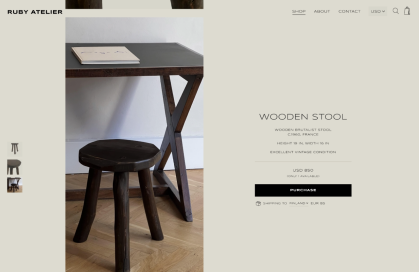
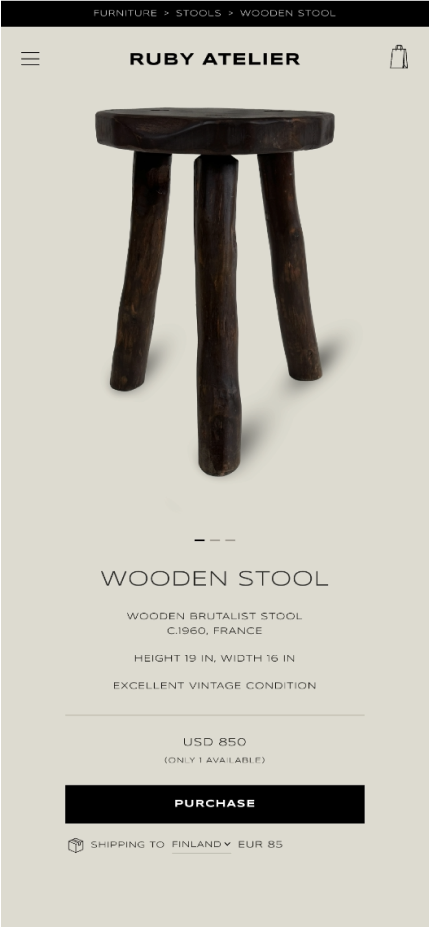


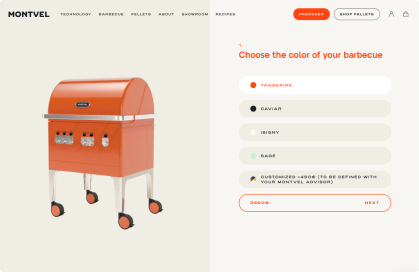


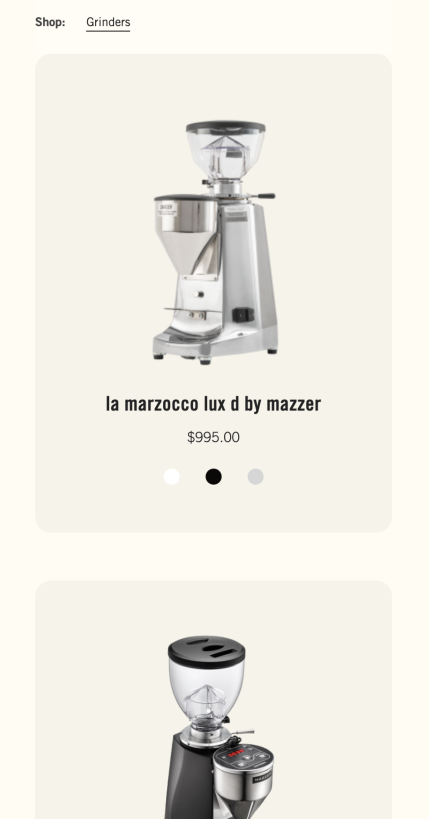








Compare the costs
Shopify’s plans include select features and tools, but not everything you might want or need. Check out these breakdowns from example merchant profiles comparing their sample costs with WooCommerce vs. Shopify* — numbers don’t lie.
Small brick and mortar and online
Let’s say you started as a small brick-and-mortar store that expanded online, and is now processing $250,000 annually with 70% of revenue coming from online sales. As a small operation with a limited budget, you’d want an affordable and user-friendly setup. Since you sell online and in person, you’d also need a trusted and widely used payment solution that reconciles all payments in one place to help you scale.
| Shopify | ||
| Plan, hosting, SSL | Bluehost: From $1.99/monthBasic plan $1.99/month first year; then $7.99/month | Basic plan: From $39/month |
| Domain | Free for first year, then $17.99/year | From $16/year |
| Subscriptions | WooCommerce Subscriptions: $23.25/month | Seal Subscriptions: $19.95/monthLegend level |
| Online payments transaction fees | $545.61/monthBased on 3,500 transactions per year (70% of sales) at $50 AOV with 75% of transactions via WooPayments and 25% via PayPal WooPayments fees 2.9% + $0.30/transaction (all card brands) PayPal fees 3.49% + $0.49/transaction Additional fees 0% | $603.36/monthBased on 3,500 transactions per year (70% of sales) at $50 AOV with 75% of transactions via Shopify Payments and 25% via PayPal Shopify Payments fees 2.9% + $0.30/transaction (Amex at 3.15% +$0.30/transaction) PayPal fees 3.49% + $0.49/transaction, plus 2%/transaction to Shopify Additional fees 2% fee for using third-party payment providers |
| In-person payments transaction fees | $181.25/monthBased on 1,500 transactions per year (30% of sales) at $50 AOV Fees: 2.7% + $0.10/transaction | $175/monthBased on 1,500 transactions per year (30% of sales) at $50 AOV Fees: Basic plan: 2.6% +$0.10/transaction |
| Card Reader (one-time fee) | $79.99 | $49.00 |
| Total | $752.10/month | $838.64/month |
| Savings on WooCommerce | 12% |
Wholesale B2B
WooCommerce is also popular with high-volume wholesale retailers. Let’s say you’re a wholesale baking supply retailer shipping to all 50 US states and internationally, processing $12M annually. For perishable products, you’d likely ask customers to choose a delivery date at checkout. Since you sell over $800k monthly, you would have to share profits with Shopify.
| Shopify | ||
| Plan, hosting, SSL | SiteGround: From $4.99/monthGrowBig plan $4.99/month for first year, then $29.99/month | Shopify Plus: From $2,300/month$2,300/month minimum for 3-year plan |
| Domain | Free | From $1.33/month |
| B2B Solution | B2B for WooCommerce: $14.91/month | Included |
| Tax solution to support international and US state shipping | WooCommerce Tax: Free | Shopify Tax: $416.66/month0.35%/transaction, up to $5,000/year |
| Online payments transaction fees | $26,494.50/monthBased on 20,400 orders per year (85% of sales) at $500 AOV with 75% of online transactions through WooPayments and 25% through PayPal. WooPayments fees 2.9% + $0.30/transaction (all card brands) PayPal fees 3.49% + $0.49/transaction | $26,974/monthBased on 20,400 orders per year (85% of sales) at $500 AOV with 25% of online transactions through PayPal and 75% through Shopify Payments, assuming 30% of transactions are with Amex.) Shopify Payments fees 2.9% + $0.30/transaction (Amex at 3.15% +$0.30/transaction) plus additional .02% fee for using third-party payment providers PayPal fees 3.49% + $0.49/transaction, plus 2%/transaction to Shopify |
| Profit share | None — WooCommerce never penalizes you for your success. | $125/month, or 0.25% for monthly revenue over $800kBased on 20,400 orders per year (85% of sales) being processed online |
| Total | $26,514/month | $29,816/month |
| Savings with WooCommerce | 13% |
Enterprise
WooCommerce’s customizability is key for complex enterprises. Let’s say you’re an automotive parts and tools company processing $50M annually. You might offer thousands of products, each with multiple variants and options (e.g. red small, green medium), adding up to over 100k SKUs. You may also offer custom product kits and pre-orders. With a high AOV, offering buy now, pay later methods would be key to boost conversions.
| Shopify | ||
| Plan, hosting, SSL | Pressable: $454.17/month | Shopify Plus: From $2,300/month$2,300/month minimum for three-year plan |
| Bulk editing | Bulk Edit Products, Prices, and Attributes for WooCommerce: $6.59/monthPremium plan | Hextom Bulk Product Edit: $49.99/monthAdvanced plan |
| Product bundles | WooCommerce Product Bundles: $6.59/month | Bundler – Product Bundles: $9.99/month |
| Custom product kits | Composite Products: $12.42/month | BYOB Build Your Own Bundles: $199/month |
| Online payments transaction fees | $93,890.63/monthBased on 175k transactions per year (70% of sales) at $200 AOV with 75% of transactions via WooPayments and 25% via PayPal WooPayments fees 2.9% + $0.30/transaction (all card brands) PayPal fees 3.49% + $0.49/transaction Additional fees 0% | $95,432.29/monthBased on 75k transactions and 30% ($15M) of annual revenue processed through Afterpay Shopify Payments fees 2.15% + $0.30/transaction (Amex at 3.15% + $0.30/transaction) PayPal fees 3.49% + $0.49/transaction, plus 0.2%/transaction to Shopify Additional fees 0.2% fee for using third-party payment providers |
| BNPL | $76,875/monthBased on 75k transactions and 30% ($15M) of annual revenue processed through Afterpay AfterPay: 6% + $0.30/transaction | $101,875/monthBased on 75k transactions and 30% ($15M) of annual revenue processed through Afterpay AfterPay: 6% + $0.30/transaction) + plus 2%/transaction to Shopify |
| Pre-orders | WooCommerce Pre-orders: $14.92/month | Notify! Back in Stock/Preorders: $499/monthPlus Plan with unlimited notifications |
| Product variants | Free unlimited variants | Max 2,000 with only 3 options/variant, so Shopify couldn’t support their needs |
| Profit share | None — WooCommerce never penalizes you for your success | $8,416/month 0.25% for monthly revenue over $800k |
| Total | $171,260.32/month | $208,781.27/month |
| Savings with WooCommerce | 21% |
*These are sample cost comparisons for example business, comparing options that could be used to set up and configure the store. Actual costs will vary depending on the selected host, service providers, and site configuration. These costs are not inclusive of any additional third-party agencies businesses may hire.
À la carte integrations
Woo’s open-source, composable platform empowers you to choose the features your store needs, and leave the rest. You’ll only pay for what you use — unlike Shopify, we won’t force you into upgrade after upgrade.

Shopify’s best features are locked behind higher tiers with higher costs and unnecessary add-ons — or require you to connect through a third party for an additional monthly fee.
Choose from over 900 vetted products in the WooCommerce Marketplace, or use custom code to develop a unique solution. Our platform brings it all together in a cost-effective tech stack perfectly tailored to your needs, from your ERP, CRM, and warehouse management systems to your checkout experience, payments gateways, and storefront.
Create an utterly unique, high-converting brand experience.
Use the best-in-class solution for every need.
Craft the front-end and back-end experiences you want.
Speed up time to market with seamless integrations.
Vetted Marketplace products
“WooCommerce allows us to perfectly tailor the entire customer experience from start to finish, just the way we want. Virtually any kind of custom business logic we can think of, we can either easily find an extension for it or implement it ourselves. It’s hard to overstate how valuable this has been, especially for a company like ours that sells specialized software products that most ecommerce platforms don’t natively support.”
Andrew Aversa, President and CEO
Inspiring developers to build outside the box
With limitless possibilities for customization and a cost-effective model, WooCommerce is a developer’s dream. Don’t just take our word for it — check out this glowing comparison from Saucal, a website development agency focused on SMB-to-enterprise businesses.
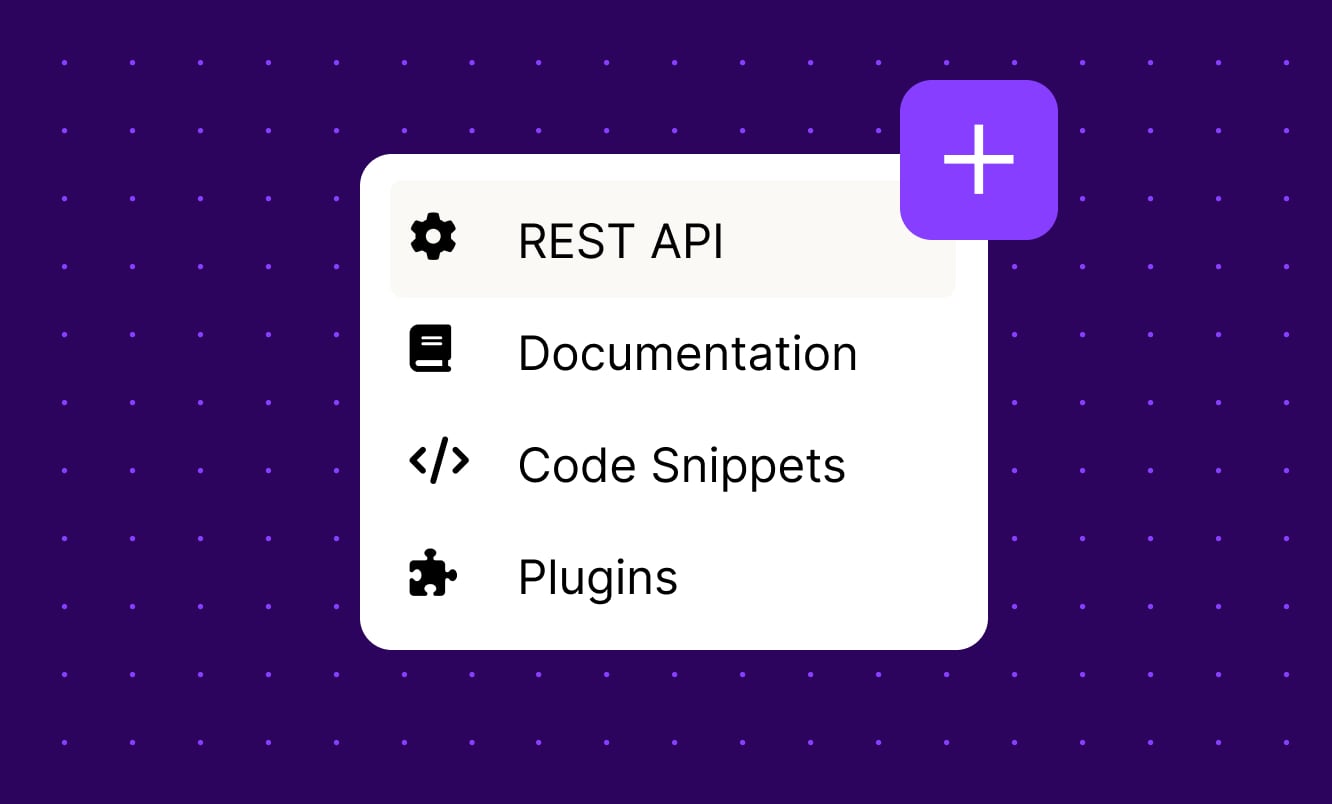
Saucal
“WooCommerce provides virtually unlimited scalability, making it an ideal choice for businesses with ambitious growth plans. It can handle an unlimited number of products, orders, and traffic.”
Mitchell Callahan, Founder








